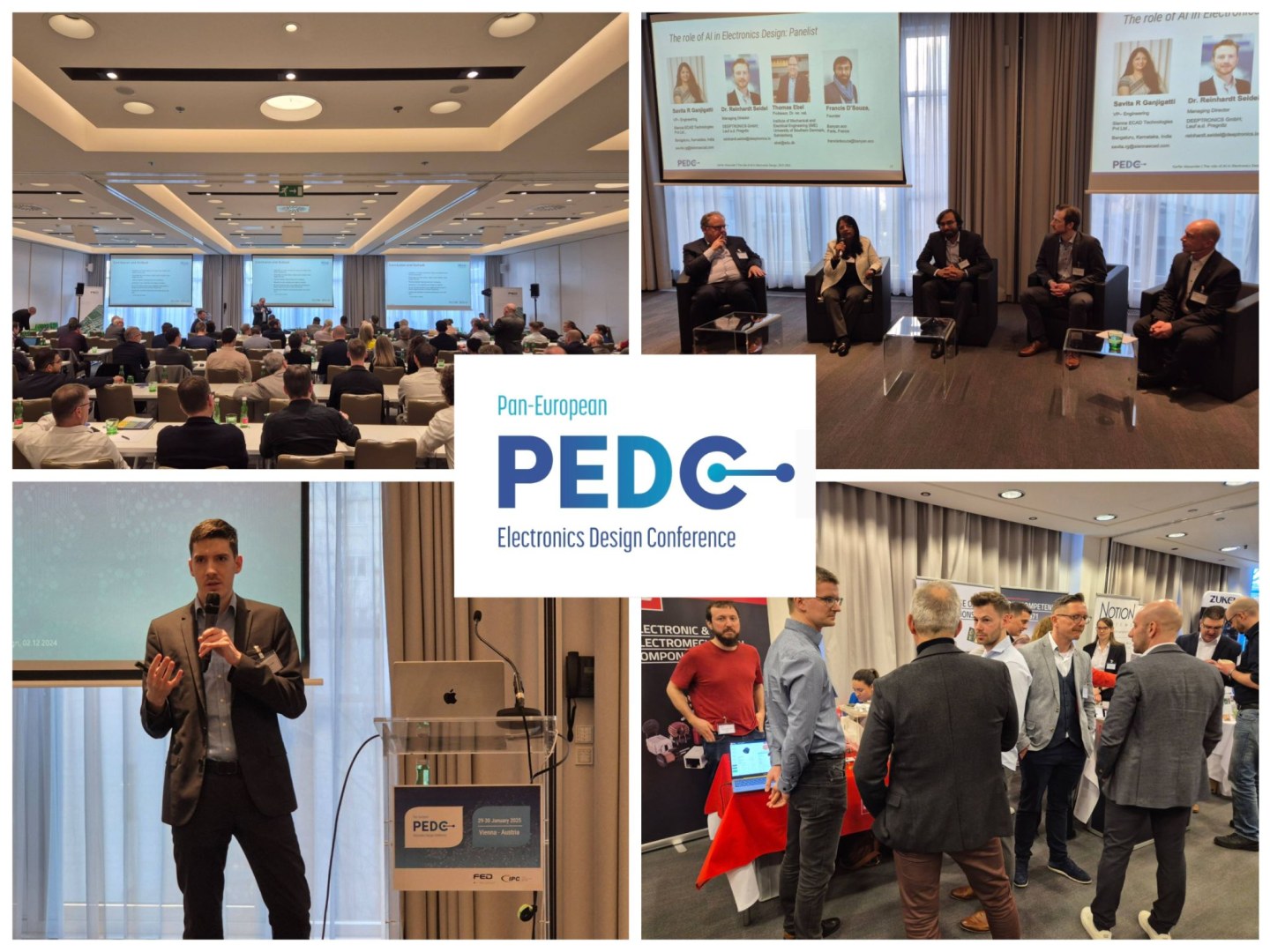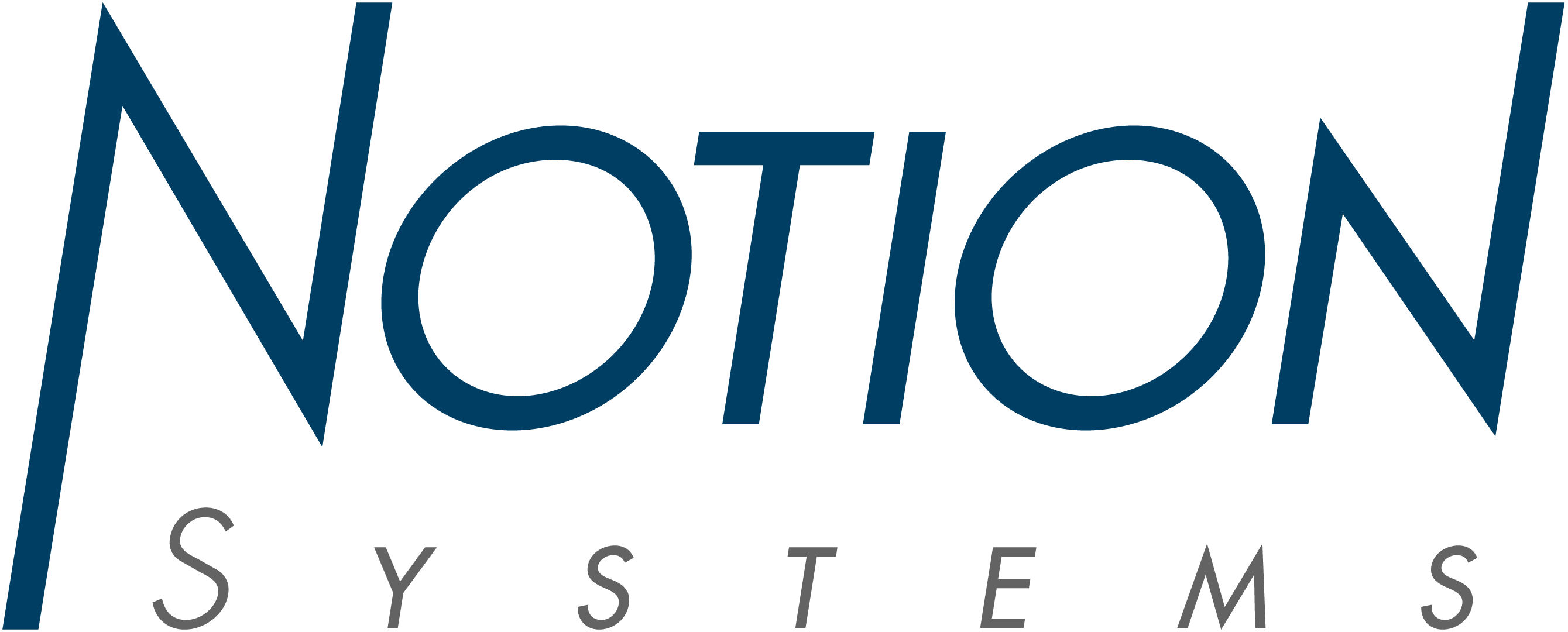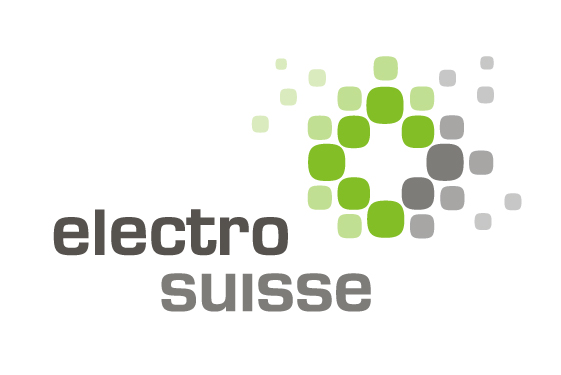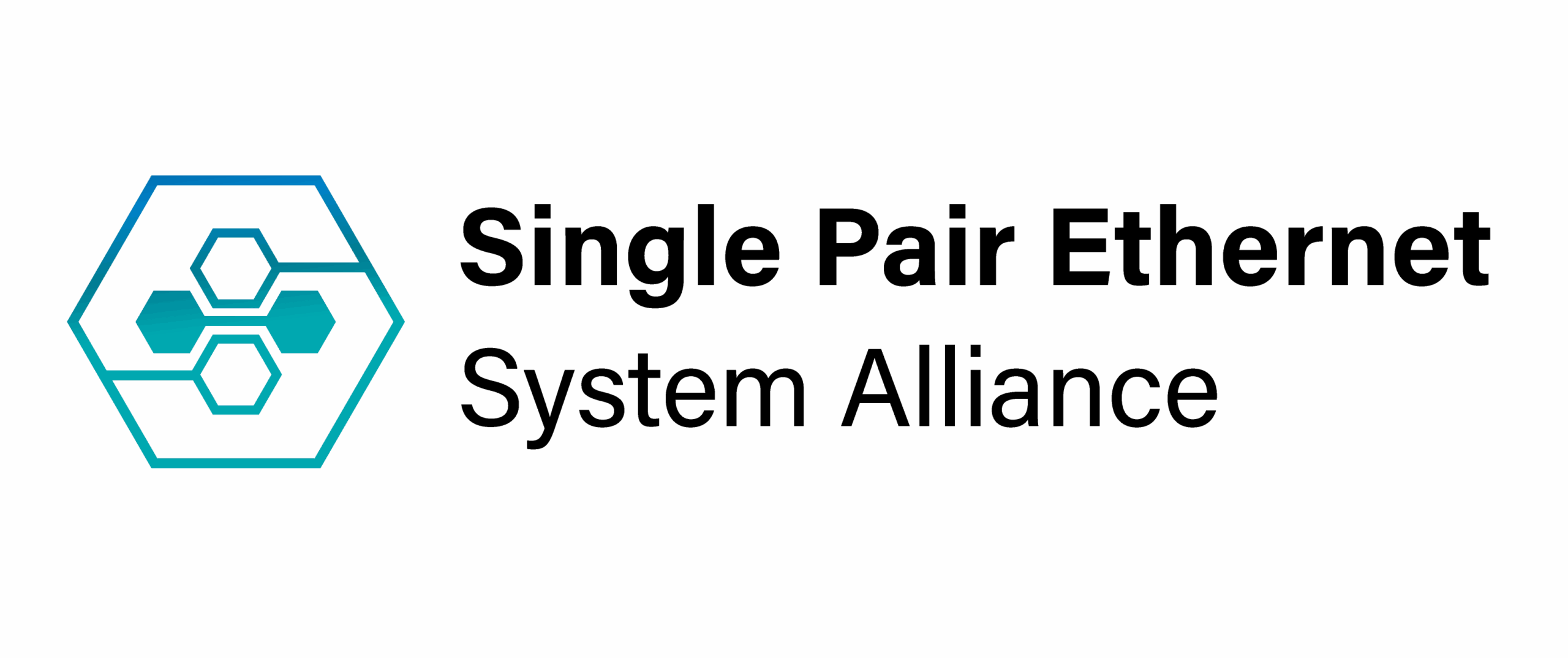
PEDC organization team invites engineers, researchers, academics, students, technical experts and industry leaders to submit abstracts for the 2nd Pan-European Electronics Design Conference. PEDC organization team welcomes abstracts summarizing original and previously unpublished work covering case histories, research, discoveries, motivation of Next Generation Designers and New Design Standards/standardization.
Submit your abstract now!Why Present at PEDC 2026?
1. Accelerate Your Career Through Thought Leadership
Speaking at PEDC sets you apart as a proactive expert who contributes to industry-wide innovation—not just follows it. It’s a tangible way to demonstrate leadership beyond your daily responsibilities.
2. Build Strategic Connections Across Europe
PEDC brings together designers, engineers, and technical managers from across the continent. Presenters gain direct access to potential collaborators, partners, and influencers in Europe’s electronics ecosystem.
3. Showcase Your Expertise or That of Your Organization
A presentation at PEDC not only highlights your work—it reflects positively on your company or research group. It’s a platform to position your organization as a leader in solving real-world challenges in electronic system design.
4. Receive Expert-Level Feedback and Perspective
Connect with engineers and technologists who understand your real-world challenges and can offer valuable feedback, fresh perspectives, and alternative solutions. With keynotes from industry leaders like Prof. Dr. Thomas Ebel and Lukas Henkel, along with expert panels on AI in electronics and sustainability, PEDC delivers cutting-edge technical content you can apply directly to your current and future projects.
5. Shape the Direction of European Design
By sharing practical results and technical breakthroughs, you contribute to Europe’s innovation momentum. PEDC is a place to influence—not just observe—what comes next in power electronics and system design.
Topics for Conference Presentations
Silicon to Systems
- Package-to-PCB co-design and PCBA co-optimization, e.g. uHDI, substrates
- Electro-mechanical co-design and system co-optimization, e.g. component assembly
- Multi-physics simulations: signal and power integrity, thermal, mechanical, optical
- Power Electronics design, e.g. high voltage, power delivery, cooling solutions
- Sense and Control Electronics design, e.g. MEMS, NEMS
- High speed digital design, e.g. connectivity, high bandwidth interfaces
- RF/microwave/mm-wave design, e.g. EMI/EMC, multi-sensor inter-operability
Design for Excellence
- Design for Manufacturability
- Design for Reliability
- Design for Testability
- Design for Circularity
- Design for Cost
Design Software and Tools
- Novelties in EDA software: AI and simulation implementations
- AI in Design process
- Digital Twin, Model Based Definition
- Design/Equipment/Production data handshake
Sustainable designs and Product Life Cycle
- Power consumption
- Eco-friendly materials
- Cross-industries data management
- Data security and the cloud
- End-of-Life and obsolescence management
- Understanding and applying Directives
Comprehensive list but does not claim to be definitive; other appropriate topics will also be given
consideration











